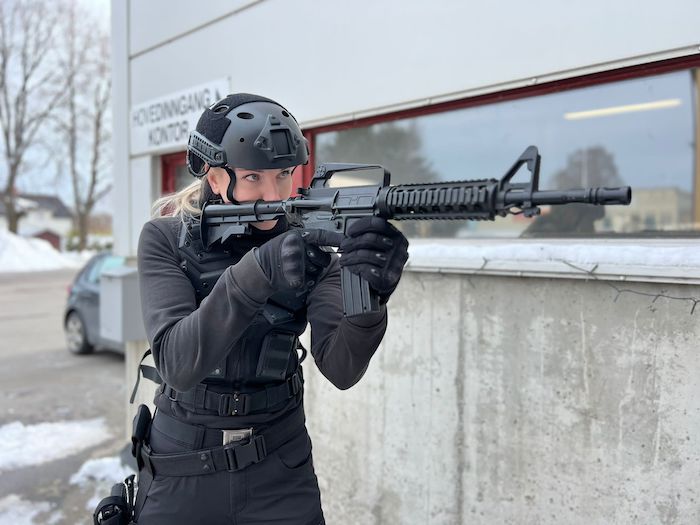|
The International Stunt Academy presents a short guide to SWAT and how Stunt & Action Actors can train for SWAT roles in action films & TV. Let's start with what SWAT actually is... SWAT (Special Weapons And Tactics) is a specialized unit within law enforcement agencies that is trained to handle high-risk situations. SWAT officers are highly trained in a range of tactics, including hostage rescue, high-risk warrant service, barricaded suspect situations, and counterterrorism operations. As an action film actor or stunt performer, playing a SWAT role requires a specific skill set and training to aid you to portray the role convincingly. Here are some interesting facts about SWAT to get you started
Basic training to help prepare you, before you begin Tactical Training: To portray a SWAT officer convincingly, actors and stunt performers need to receive specialized training in the following areas:
By following these steps, actors can gain the skills and knowledge needed to realistically portray SWAT officers on screen. Tactical Training and Sample Scenarios So, now you have yourself in shape, you've done your research and you've adopted the mindset, its time to gear up and get into the training scenarios. Here's a some tactical training work that actors use to improve their working knowledge and awareness of scenarios and develop their ability to add authenticity to a SWAT role:
Further reading and reference materials If you're interested in learning more about SWAT and how to train to play a SWAT role convincingly, there are a number of resources you can check out:
By exploring these resources, actors and stunt performers can gain a deeper understanding of SWAT training and tactics and improve their ability to play a SWAT role convincingly on screen. Comments are closed.
|
AuthorThis blog os co-authored by The ISA Team Archives
June 2024
Categories
All
|


 RSS Feed
RSS Feed

3/9/2023